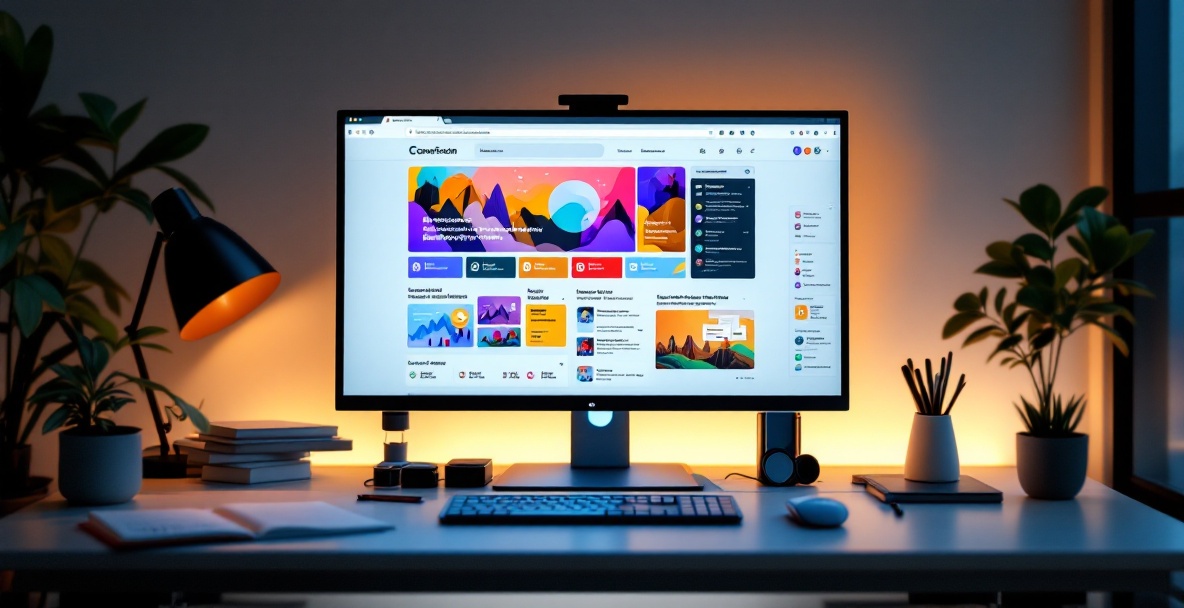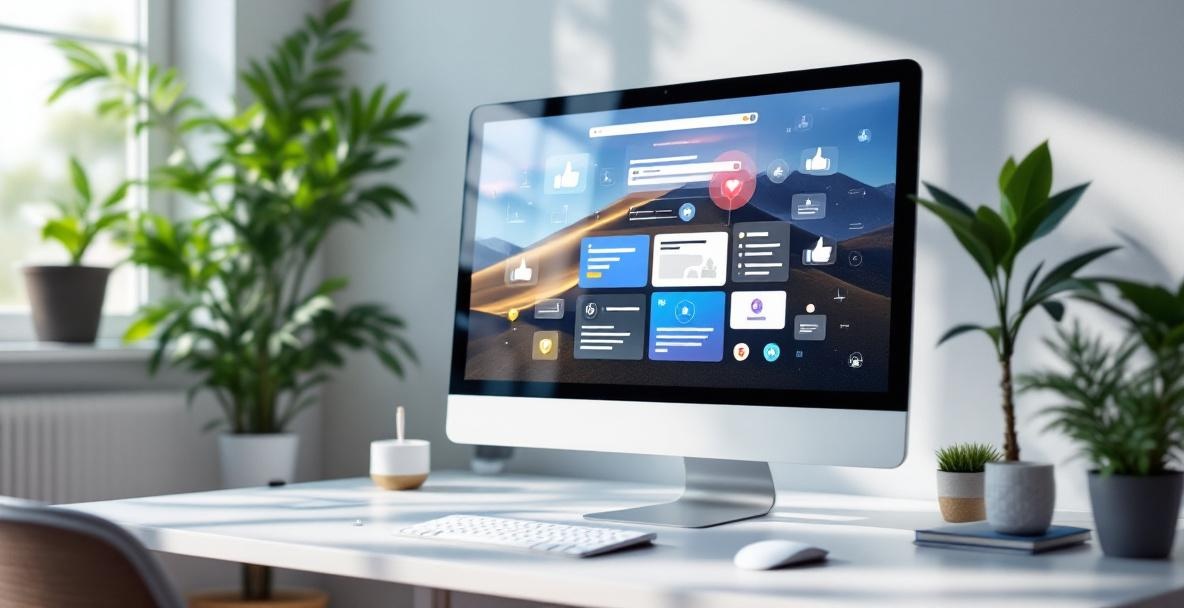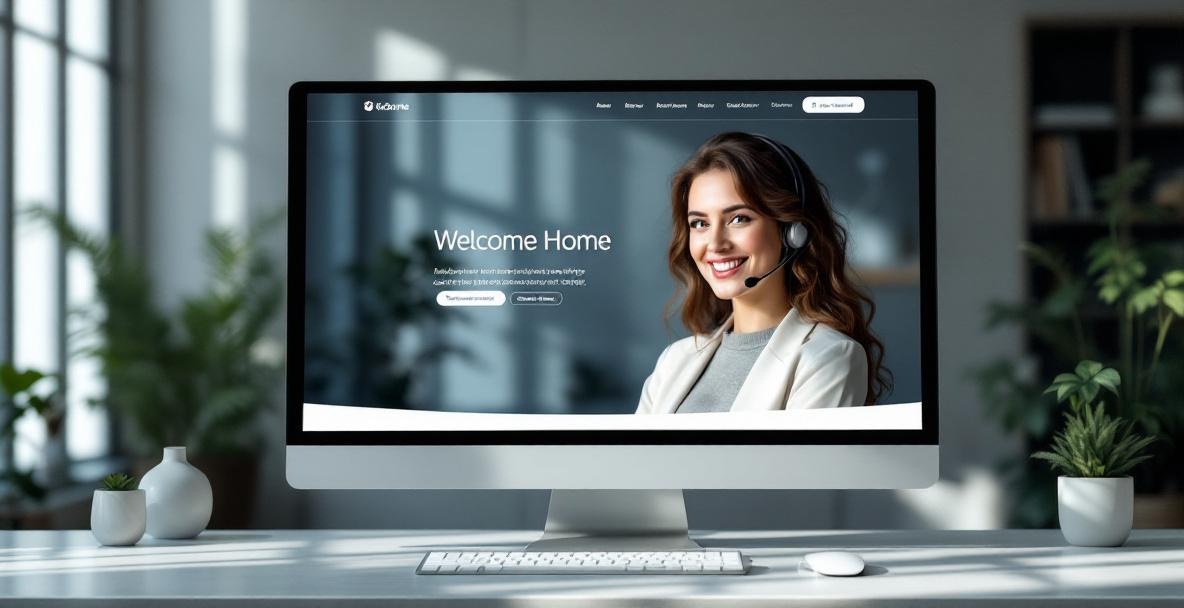Meet the Bounce Saboteur

Have you ever landed on a webpage and left in just a few seconds? That quick click away is the work of the bounce saboteur – the unseen force that pushes visitors off before they even get a chance to explore your content. At SeoFlow, we learned early on that figuring out why users leave is the secret to keeping them engaged. Bounce rates are more than just numbers on your screen – they are powerful clues that reveal what users truly think about your site's performance and overall experience. This guide shares practical techniques to turn fleeting visits into lasting interactions, with insights that will serve you well now and into 2025.
“Bounce rates aren't just numbers in your analytics dashboard; they're storytellers revealing critical insights about your website's performance and user experience.”
Why Bounce Rate Really Matters
Bounce rate isn’t just another stat – it shows how well your content connects with visitors and reflects the quality of your site's experience. When people leave quickly, search engines take it as a sign that your page might not meet their needs, which can hurt your rankings. We’ve seen that sites with optimized engagement metrics often climb higher in search results. Beyond SEO, a high bounce rate means missed opportunities to convert visitors into customers, subscribers, or loyal fans. In fact, lowering your bounce rate by just 10% can sometimes boost conversions by up to 20%. That’s why relying on tools like Hotjar is so important for spotting where users lose interest.
| Aspect | High Bounce Rate Scenario | Reduced Bounce Rate Scenario |
|---|---|---|
| SEO Impact | Rankings drop as search engines infer poor relevance | Improved search visibility and higher SERP positions |
| Revenue Potential | Lost conversions, ad revenue declines | Uplift of 20%+ in conversions reported by many SeoFlow clients |
| User Perception | Frustration, diminished trust | Positive brand experience and deeper engagement |
People now decide in seconds if your site is worth their time. Creating content that immediately shows its value isn’t just a nice idea – it’s essential in a competitive digital market.
The Changing Scene: 2025 Brings New Hurdles
The online world in 2025 brings challenges that you can’t ignore. With over 70% of internet traffic coming from mobile devices, having a responsive site is a must – your pages need to load fast and display information clearly on any screen. Tools like Instapage help you build fast, conversion-ready pages that keep users engaged. Personalized experiences are now expected; generic, one-size-fits-all content simply won’t do the trick. At SeoFlow, we’ve refined strategies that let you serve content tailored to what your visitors really need.
“Sites have only about 3 seconds to make a strong impression before visitors choose to stick around or move on.”
Competition for attention has never been stiffer, so you only have a few seconds to grab interest. That’s why it’s so important to optimize the top of your page with clear value and user-friendly navigation. Tools like Crazy Egg give deep insights into how visitors interact with your page, showing you exactly where you can improve those all-important first impressions. And with voice search and instant answer boxes changing user habits, your content must deliver immediate value to keep readers hooked.
Creating Content That Grabs Users

Great content does more than just score well on search engines – it keeps visitors on your page once they arrive. At SeoFlow, we’ve seen that a smart content strategy not only cuts bounce rates but also boosts overall engagement. The secret is to craft content that feels authentic, appeals to the senses, and invites readers into a conversation. When your content grabs attention right away, visitors find it hard to click away.
“Great content speaks to real people, tickles their senses, and invites them to dive right in.”
Write Like You're Talking to a Friend
Remember the days when SEO meant cramming keywords into clunky, robotic text? Those days are long gone. Today’s trick is to write as if you’re chatting with a good friend-address your reader’s concerns, answer their questions, and keep the tone warm and genuine. Mix short, punchy sentences with longer, flowing ones, and break your text into sections for easy reading. A strong hook-a surprising fact, intriguing question, or relatable story-can draw someone in during those critical first 100 words. And smooth transitions help your ideas flow naturally, while tools like SeoFlow make it easy to blend a human touch with smart keyword usage.
Let Images Do Some of the Talking
Even the best-written text can fall flat if there are no visuals to back it up. Our brains absorb images much quicker than text, which makes adding pictures, infographics, or videos a powerful way to lower bounce rates and keep readers on your page. Custom graphics that simplify complex ideas not only make your content clearer, they also make it more memorable. For instance, an infographic that breaks down the steps of an effective SEO strategy can hold attention far longer than walls of text. And pages with videos typically see visitors staying around 88% longer.
| Content Format | Average Time on Page | Typical Bounce Rate Reduction |
|---|---|---|
| Long-form article (text only) | 2m 15s | Baseline |
| Article + Custom Graphics | 3m 40s | Up to 18% decrease |
| Article + Explainer Video | 4m 55s | Up to 28% decrease |
| Interactive Quiz/Calculator | 6m 10s | Up to 42% decrease |
When choosing visuals, focus on quality and relevance rather than quantity. Low-quality or generic stock images can hurt your credibility and drive visitors away. With insights from tools like Hotjar, you can see how users interact with your visuals and adjust their placement to improve bounce rate reduction techniques.
Make It Interactive for a Real Boost
If you want to transform passive readers into active participants, try adding interactive elements. Quizzes, polls, and calculators can invite your audience to engage directly with your content, keeping them on your page longer and lowering bounce rates. When visitors start interacting, they feel more invested and are likely to explore further. Consider a quiz that helps users pinpoint exactly what they need. For example, Instapage might offer a "Landing Page Effectiveness Score" tool that gives personalized tips, while Crazy Egg can show interactive heatmaps to demonstrate how their tool works. These interactive features offer immediate value and make your content too useful to click away from.
Creating a User Experience That Feels Right

A smooth and inviting user experience is the secret sauce that gets visitors to stick around. When your site is easy to navigate, visitors feel comfortable exploring more pages. Our team at SeoFlow has seen how small tweaks to user experience can significantly reduce bounce rates. Focusing on speed, mobile-friendliness, and clear navigation creates an environment where users feel right at home.
Fast Loading Time – It's a Must
Nothing sends visitors running like a slow site. Every extra second your page takes to load increases the chance that someone will leave. Start by compressing images without sacrificing their quality; tools like TinyPNG or WordPress’s built-in features can reduce file sizes by up to 70% while keeping visuals sharp. Next, set up browser caching so that frequently used files load instantly for returning visitors. These simple tweaks can make a huge difference in your load times.
“No one stays on a site that loads slowly.”
If your audience spans the globe, consider using a Content Delivery Network (CDN). CDNs store copies of your site in various regions, ensuring that users receive content from the server nearest to them. With Jetpack, you can get both CDN and image optimization in one easy package for your WordPress site.
| Page Load Time (seconds) | Expected Bounce Rate |
|---|---|
| < 1 | Under 10% |
| 1 – 2.9 | 10 – 20% |
| 3 – 4.9 | 20 – 32% |
| 5 – 6.9 | 32 – 45% |
| 7 + | 45% and higher |
Mobile Matters: Get It Right
Since most visitors now browse on mobile devices, your site’s mobile design must be top-notch. A site that looks great on a desktop but falls apart on a phone will quickly lose visitors and hurt your search rankings. Google prioritizes mobile-friendly sites, so it’s crucial that your mobile version is easy to use. Ensure that text is easy to read, buttons are large enough to tap, and menus work smoothly on small screens. Tools like Instapage offer mobile-optimized templates to help you keep bounce rates low across devices. And remember, testing your site on real devices is key to catching issues that automated tests might miss.
Clear and Simple Navigation Works Best
When navigation gets confusing, visitors get frustrated and quickly click away. People want to find what they need without a lot of hassle. Stick to familiar navigation designs, like a clear top menu on desktops or a simple menu button on mobile. Build your menu around what your visitors truly need, not just how your company is set up internally. Using tools like Hotjar can show you exactly where users click and highlight any confusing spots. Even small features like breadcrumb trails can make a big difference by showing users where they are, and filters for e-commerce sites can help shoppers easily narrow down their choices. With insight from Crazy Egg, you can fine-tune your navigation to naturally reduce bounce rates.
Building Trust So Visitors Feel at Home

Trust is the secret ingredient that makes visitors stick around. When someone lands on your site, they quickly decide if they can rely on your brand. At SeoFlow, we’ve found that building trust fast is one of the best ways to lower bounce rates. Visitors who feel confident in your site are much more likely to explore further and become long-term supporters.
“Trust is the invisible currency that turns visitors into loyal users.”
Showing Trust Signals That Build Credibility
First impressions are everything online. Displaying clear trust signals like security badges, SSL certificates, and payment icons tells visitors instantly that they’re in good hands. Especially on pages asking for personal information, these marks can ease hesitation. Social proof also plays a huge role-genuine customer testimonials with names and photos create an instant connection. Place these testimonials near your call-to-action buttons to really boost their impact, and use tools like Hotjar to determine the best spots. Highlighting awards, partnerships, or media features with help from Jetpack further reinforces your credibility and makes visitors more likely to stick around.
Keeping It Real in a Digital World
Today’s consumers are quick to spot insincerity. To form a genuine connection, be upfront about what your products can and cannot do. Share the real story behind your brand, and clearly explain your pricing, shipping, and return policies. This honest approach sets the right expectations and makes visitors feel secure. Telling your personal story-detailing your beginnings, the challenges you overcame, and what drives you every day-creates a bond that generic copy never will. Tools like Crazy Egg can help you test which stories resonate best with your audience. And by encouraging conversations through live chat or community forums, you remind visitors that real people are behind your website, keeping your brand genuine and relatable.
Wrapping Up: Your Next Steps to Lower Bounce Rates
Lowering your bounce rate isn’t about quick fixes – it’s about building a space where visitors feel welcome, understood, and eager to explore. It takes careful attention to content, design, and trust to keep people engaged. Let’s sum up what you’ve learned and set you on the path to turning casual clicks into loyal followings.
Key Takeaways
It all starts with knowing why visitors leave your site. Engaging content that answers their questions and delivers real value keeps them reading longer. When your page matches what users expect, they are less likely to bounce immediately. Moreover, a site that is fast, mobile-friendly, and simple to navigate gives a smooth experience that supports your message. And building trust through honest testimonials, clear policies, and strong social proof makes visitors feel secure enough to explore more.
Steps to Move Forward
Start by reviewing your current bounce rate data. Identify the pages where visitors drop off and compare them with these tips. Look for slow load times, confusing menus, or missing trust signals. Tools like Hotjar and Crazy Egg can provide eye-opening heatmaps and session recordings to show you exactly where improvements are needed. Next, focus on quick wins such as speeding up your pages, adding clear internal links, or organizing your content more effectively. For bigger changes, consider using platforms like Instapage to craft landing pages that keep visitors around. Finally, set up regular tests to monitor your progress and refine your approach based on real user behavior.
Share Your Story
We want to hear from you. Tell us about your experiences reducing bounce rates and which strategies made the biggest difference for your site. Did you uncover any surprising insights along the way? Leave a comment or connect with us on social media – your story can help others just starting out. Also, join our monthly webinars to explore new trends and bounce rate strategies with fellow website owners. If you’ve tried tools like Jetpack or other solutions, please share your feedback so everyone can benefit from your real-world experience.
Ready to transform your bounce rate metrics into conversion opportunities? Try SeoFlow today to create engaging, SEO-optimized content that keeps visitors on your site longer and guides them naturally through your conversion funnel. Our AI-driven platform ensures your content doesn't just attract visitors-it captivates them.




